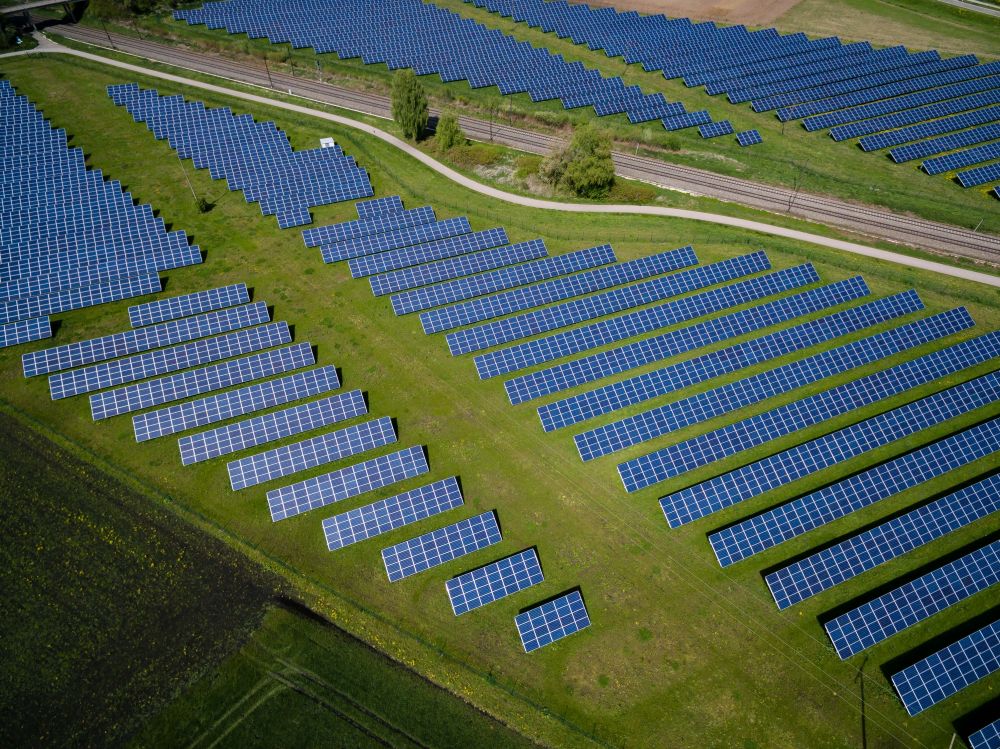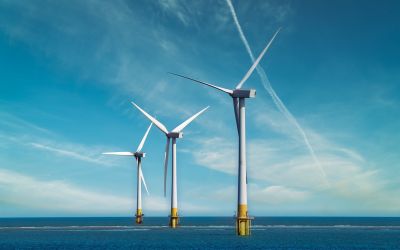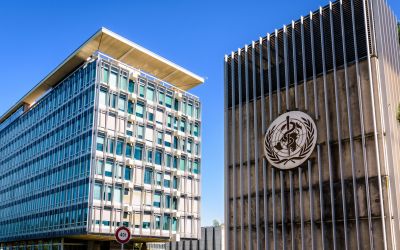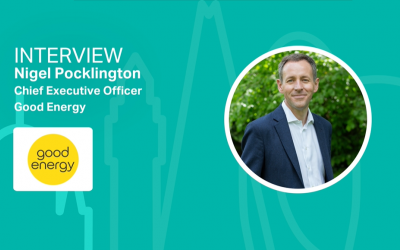Doubling renewables already planned by governments, now tripling within sight
Governments are already planning for a doubling of renewable capacity by 2030, according to an analysis of national targets by energy think tank Ember.

A new report from Ember finds that many countries are already on track to exceed their national targets and more ambition is entirely achievable to bring a tripling of global renewables within reach.
The report analyses renewables targets for 57 countries, plus the EU, that collectively represent 90% of global power sector emissions. According to these targets, global renewable capacity will reach an estimated 7.3 TW in 2030, more than doubling from 3.4 TW in 2022. More than three-quarters of renewable capacity in 2030, where stated, will be from solar and wind.
However, the current renewables boom is already outpacing the growth planned by governments. The world could achieve a doubling just by continuing the deployment achieved in 2023 throughout the rest of the decade – yet all signs point to a more rapid growth curve. Continuing the growth rate of 17% achieved since 2016 throughout the rest of this decade would put the world on track for a tripling of renewables.
2023 marks another record year for renewables, with the International Energy Agency forecasting 500 GW of additions in 2023, up 71% from the year before. The growth this year will be dominated by solar, with more solar installed in 2023 than the entire renewable capacity of the US. This was enabled by an even faster increase in the manufacturing capacity of solar panels, which doubled in just two years and is expected to exceed 1,000 GW in 2024.
The analysis by Ember finds that current national targets do not account for this recent acceleration of renewables. It finds that 22 countries already have enough renewable energy projects in development to exceed their 2030 target. A further 12 countries are already building renewables faster than required to meet their 2030 target, including Brazil which is set to install almost three times more renewable capacity in 2023 than it aims to build each year until 2030.
Find out more here






